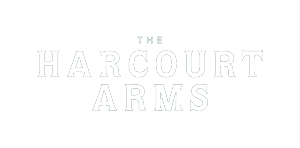
Why every hotel revenue manager should understand price elasticity of demand
When it comes to smarter pricing decisions, understanding price elasticity of demand (PED) can be a game-changer. As a revenue manager in the hospitality industry, your role isn’t just about filling rooms, it’s about filling them at the right price. And that’s where PED steps in. In this article we’ll be answering:
- What is price elasticity of demand?
- What are the types of elasticity of demand?
- What makes demand elastic?
- Why is demand elasticity important in hotel revenue management?
So, what exactly is it?
Price elasticity of demand in a nutshell
Put simply, PED measures how sensitive consumer demand is to changes in price. It helps answer the big question: If we raise our prices, will guests still book?
As a general rule, products with elastic demand (>1) respond more to a change in price, and therefore when the price falls, demand increases. This should result in an overall increase in revenue, as the number of units sold will be greater than the reduction in price.
Products with in-elastic demand (<1) are unresponsive to a change in price, and therefore a reduction in price will lead to an overall decline in revenue generated.
Mathematically, it's calculated as:
PED = (% Change in Quantity Demanded) / (% Change in Price)
A simple example:
|
Price 1 (P1) = £200 |
Demand 1 (D1) = 100 units |
|
Price 2 (p2) = £180 |
Demand 2 (D2) = 115 units |
% change in quantity demanded from D1 to D2 = 15%
% change in price from P1 to P2 = -10%
15% / -10% = 1.5
Since PED > 1, demand is elastic — the lower price led to a proportionally bigger increase in bookings.
What it means: In this case, discounting worked. Demand was responsive to price, so lowering the room rate helped increase overall occupancy and likely boosted total revenue.
This insight is gold for anyone working in hotel revenue management. It tells you when dropping prices might not actually be worth it, and when a price rise won’t scare off your guests.
Types of price elasticity of demand
Here’s a quick breakdown:
- Elastic Demand (PED > 1) – Demand changes more than price. Price-sensitive and competitive. Think budget leisure travel, luxury goods, and non-essential items.
- Inelastic Demand (PED < 1) – Demand barely shifts with price. Business travel and event-driven stays often fall into this category along with necessities like food, drinking water, and medicine.
- Unitary Elastic (PED = 1) – Demand changes proportionally with price. Rare, but it happens. An example here could be theatre tickets in a competitive market. If the price of tickets increases by 10%, and as a result, the quantity of tickets sold decreases by 10%, the total revenue remains unchanged.
- Perfectly Elastic Demand (PED = ∞) – Theoretical extremes, but they help explain guest behaviour when prices vary dramatically between nearby options or for essential stays. An example include two identical hotels rooms being sold on two different websites, at different prices – consumers would opt for the cheaper, resulting in zero sales for the higher priced product.
- Perfectly Inelastic Demand (PED = 0) – Demand remains constant regardless of price changes. Example: Life-saving drugs.
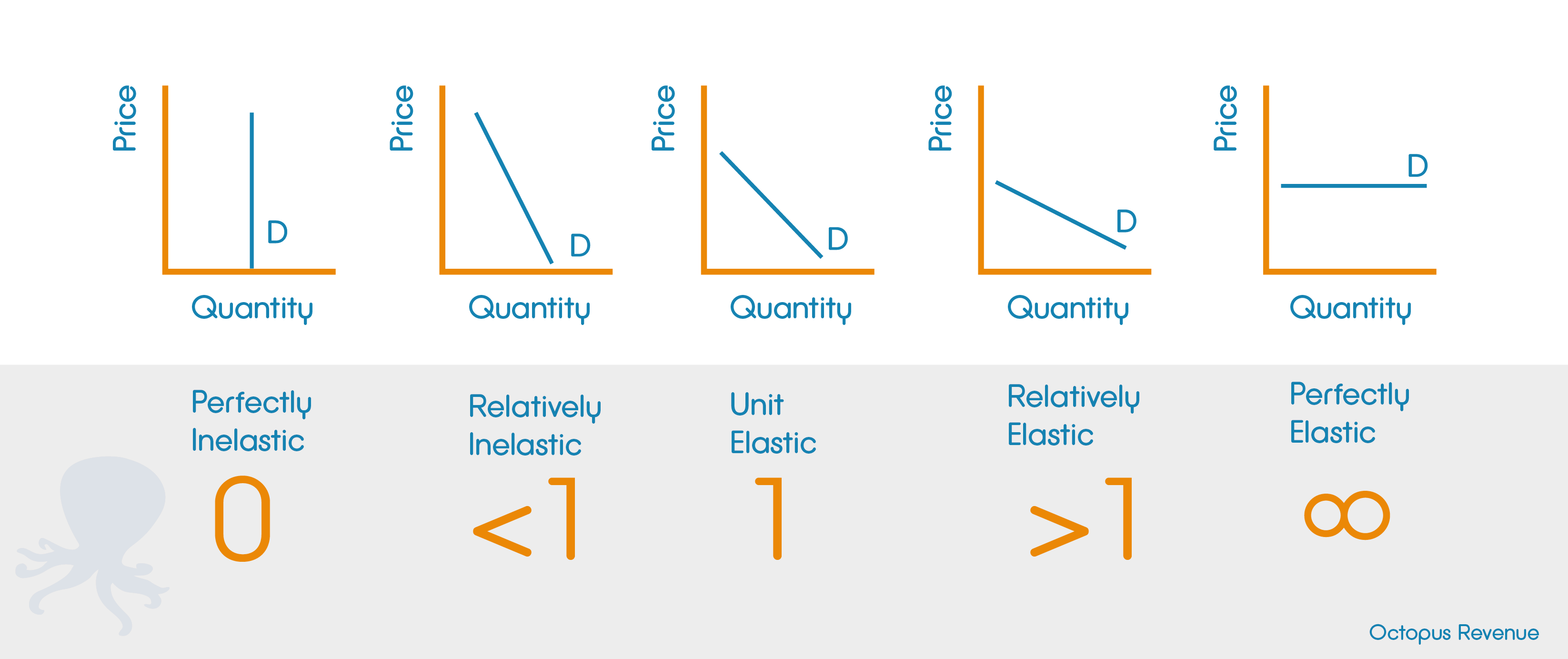
What makes demand elastic (or not)?
Several factors influence how elastic your hotel’s demand is:
- Substitutes: More local competition? Expect more elastic demand.
- Necessity vs luxury: Is your hotel seen as a ‘must’ or a ‘nice-to-have’?
- Cost to consumer: High-ticket bookings tend to be more price sensitive.
- Time to plan: Leisure travellers booking in advance may be more price-aware than last-minute business guests.
- Brand loyalty: Strong reputation reduces price sensitivity.
Why PED matters in hospitality
As a hotel revenue manager, you're constantly walking a tightrope between occupancy and rate. PED gives you a framework to understand how your market responds. Want to fill low-demand nights without eroding brand value? Or identify opportunities to increase rate without losing bookings? PED helps you do just that.
Plus, it plays into your broader hotel revenue management strategy alongside forecasting, segmentation, and competitor analysis.
In practice
- During peak periods with inelastic demand, you can increase room rates confidently.
- In shoulder seasons (in between peak and off-peak seasons) or when demand is more elastic, targeted discounts may boost volume and total revenue.
Final thought
Price Elasticity of Demand isn’t just a textbook concept, it’s a vital tool for strategic pricing. Use it to turn guesswork into informed decisions, and to maximise your revenue without alienating your guests.
Octopus Revenue is designed to offer hotel revenue management consulting to both independent and branded properties across the globe. Book a revenue management and distribution audit, to receive a detailed review of the performance of your property within its market place, with recommendations to leverage all revenue and profit opportunities.


















